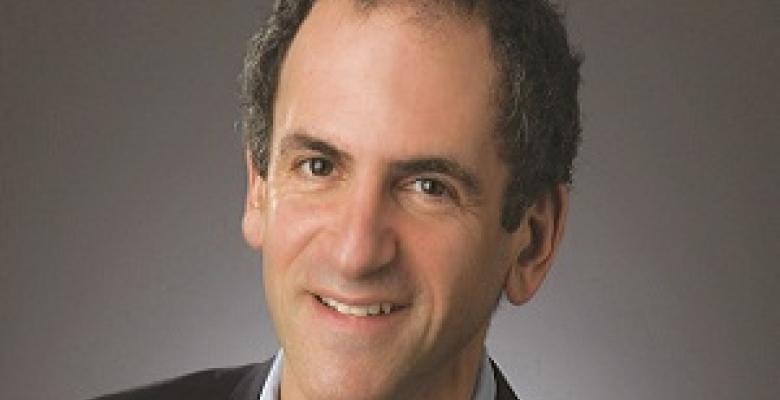Professor Advocates for Tougher Laws Against Drunken Driving
It’s not every day that a professor buys a breathalyzer. But Barron H. Lerner, whose latest book is a cultural history of drunken driving, wanted to know what a .08 blood alcohol concentration—the nation’s legal limit for drivers—really means.

During his research, Lerner, a professor of medicine and public health, took three shots of vodka on an empty stomach over the course of an hour at home. Then he waited 20 minutes, so the alcohol had time to enter his bloodstream. “My wife said I was giddy and more annoying than usual,” he confessed. The breathalyzer determined that Lerner, with a 0.05 level, could legally drive. Over the next hour, Lerner had two more shots of vodka, becoming visibly intoxicated. Yet he blew a 0.08—just meeting the legal limit. “That’s why I did that little experiment,” he said. “In this country, it’s legal to drive impaired.”
Lerner’s book, One for the Road, published in October by Johns Hopkins University Press, traces America’s response—or lack thereof—to drunken driving from the post-Prohibition era to the modern day. He criticizes the alcohol industry for blocking measures that could decrease deaths and proposes raising alcohol taxes and increasing use of sobriety checkpoints—measures that make both the industry and civil libertarians balk.
The United States’ first anti-drunken driving laws were passed in the early 1900s. After Prohibition there was an “enormous tolerance” for intoxicated driving, Lerner said. “No one said drunk driving was good, but the laws were lenient,” Lerner explained. “Judges and police were tolerant because they were driving drunk, too.”
In 1968, a federal report estimated that roughly 25,000 people died in drunken driving accidents each year. Yet this didn’t become a national issue until activists organized in the 1980s, a period that benefited from the progressivism of the 1970s and President Ronald Reagan’s emphasis on victims’ rights, Lerner said. Groups like Mothers Against Drunk Driving (MADD) and Remove Intoxicated Drivers (RID) were formed by people who had lost family members at the hands of those drivers.
Lerner, who has taught at the College of Physicians and Surgeons and the Mailman School of Public Health since 1993, spoke with dozens of these victims-turned-activists and dedicates the book to them. “They had all been told, ‘I’m sorry, there’s nothing we can do,’ or that they were just in the wrong place at the wrong time,’” he said.
MADD, in particular, with hundreds of chapters all over the country, had great cultural influence, Lerner said. Hundreds of new anti-drunken driving laws were passed—for the first time drunken drivers’ licenses could be revoked at the time of arrest—and the national legal limit was eventually lowered to 0.08 from 0.15. In 1984, President Reagan signed a law raising the national minimum drinking age from 18 to 21.
Drunken driving fatalities have dropped to under 12,000 per year, but, Lerner said, “It’s a job half done.” Cars have become safer, roads have been improved, and speed limits are now more strictly enforced. And while drunken driving has become somewhat stigmatized, some Americans still see it as something they can get away with, Lerner said. In Scandinavia, for example, where the legal limit ranges from 0.02 to 0.05, the notion of drunken driving “is analogous to more serious crimes, such as robberies, arson and assault.”
The alcohol industry, Lerner said, plays an active role in shaping how our culture views drinking. Lobbyists are fighting to prevent the legal limit from being lowered to .05. Provocative advertising, while regulated in many countries, glorifies drinking and often targets the group most likely to drive drunk—men between the ages of 21 and 35.
Even the recent movement against distracted driving—driving while texting or talking on a cell phone—is getting in the way of drunken driving prevention, Lerner believes. “They should unite under one umbrella, but it’s not very sexy,” Lerner said. Lerner would also like to see the U.S. increase use of a practice used actively in other countries—roadblocks. Here, it’s illegal for police to stop a car and issue a breathalyzer to the driver without probable cause. “People are less apt to drink and drive if they think they are going to be pulled over.”
He also believes that the U.S. isn’t making sufficient use of ignition interlocks, a device mounted on a car’s dashboard that blocks a car’s ignition unless the driver’s blood alcohol content is within legal limits. Just 12 states require them to be installed after a driver’s first DUI conviction. “Sure we love our civil liberties” said Lerner, “but these measures could save lives.”